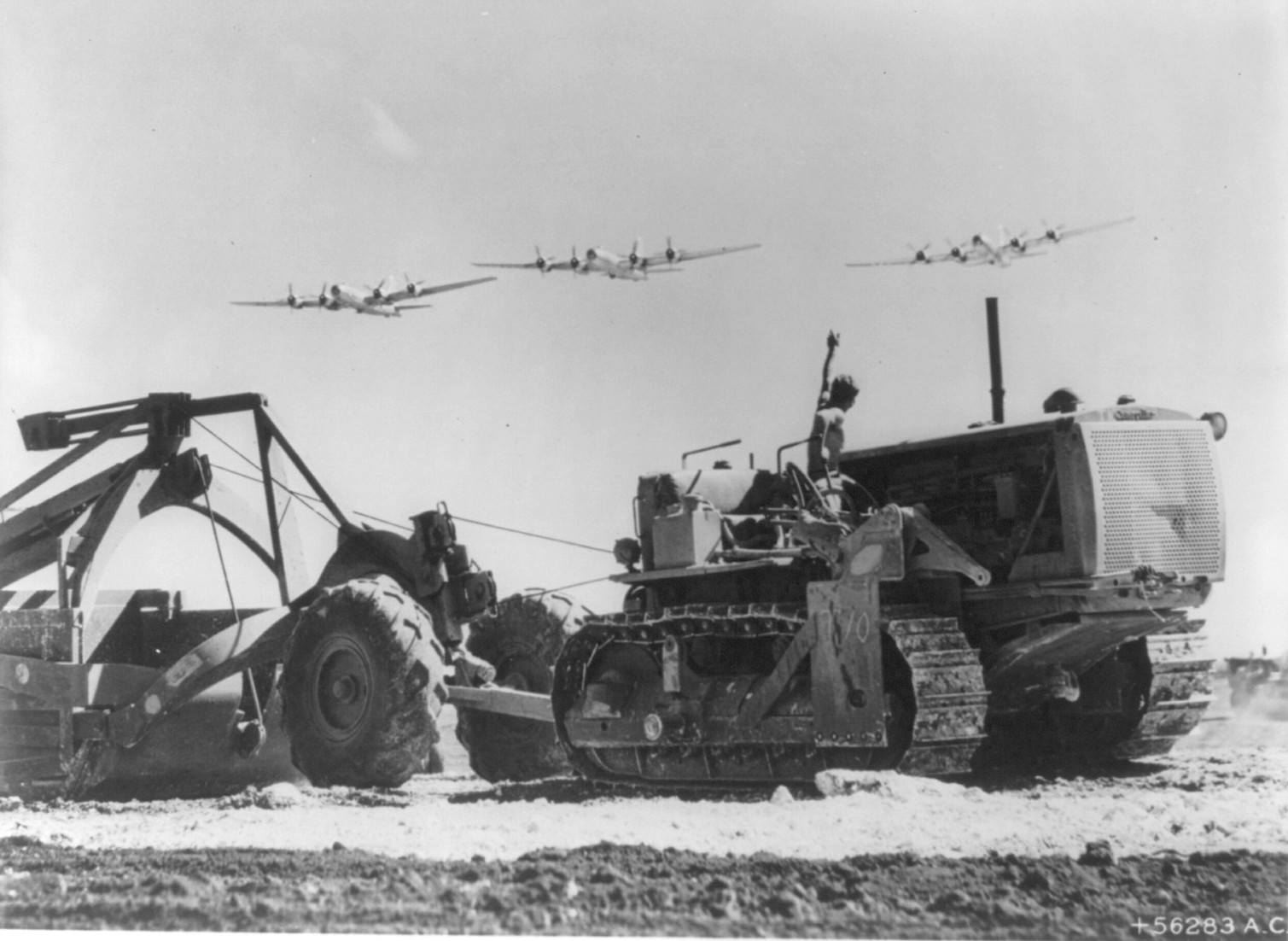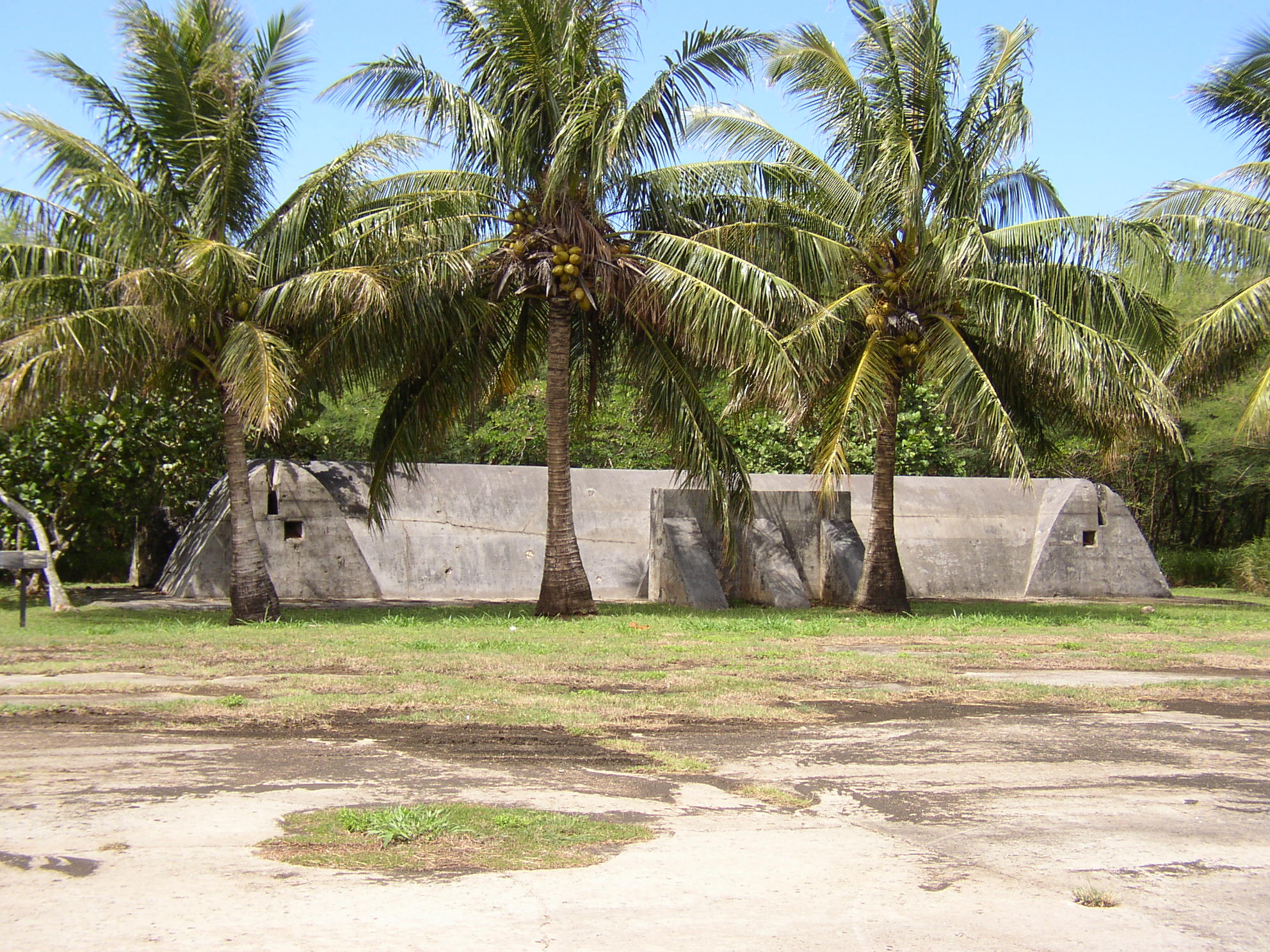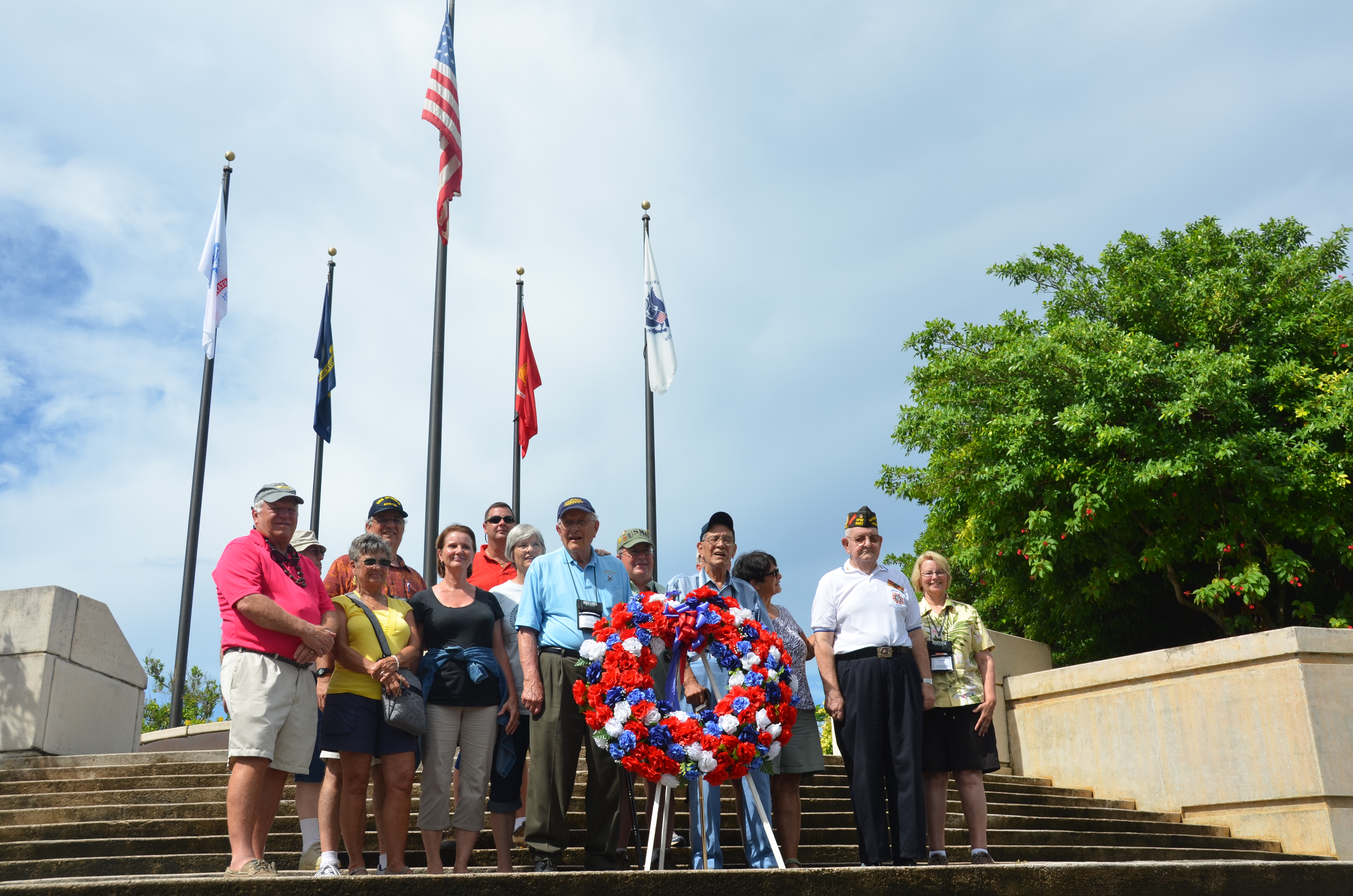Blog 11/24/2020 - Saipan - Bombing of Tokyo
MHT Blog November 24, 2020 - Saipan – Bombing of Tokyo
B-29s from Saipan
The US’s Second Trip to Tokyo During WWII: The B-29s stationed in China couldn’t reach Tokyo due to the distance so construction of the B-29 airfields on Saipan began almost immediately, even while the fighting was still going on in the northern part of the island. Naval Construction Battalions, the "SeaBees" began construction at a former Japanese airstrip called Aslito. This was later renamed Isley Field, after Navy Commander Robert H. Isely (unfortunately his name was misspelled and the incorrect version stuck.

On June 13, 1944, Commander Isely led his squadron, VT-16, on a pre-invasion bombing attack against the Japanese at Aslito Airstrip on Saipan. While carrying out a low altitude bombing run, his TBF Avenger was hit by Japanese anti-aircraft fire and crashed in flames at the south edge of the runway. In recognition of his supreme sacrifice, Commander Isely was posthumously awarded the Distinguished Flying Cross and the Navy Cross.) The SeaBees had a difficult construction schedule, in a little over three months they had built a support base and air field complex on Saipan, capable of supporting the 240 B-29s of the 73d Bombardment Wing and their logistical support units.
The 73d Bombardment Wing was ordered to the Marianas rather than to the CBI Theater after its initial training with Second Air Force in Kansas. The first B-29 arrived on Saipan on 12 October 1944 and by 22 November, over 100 B-29s were at Isley Field. The XXI Bomber Command was assigned the mission of destroying the Japanese aircraft industry in a series of high-altitude, daylight precision attacks.
All four groups of the 73d Bomb Wing were tasked for their first mission to Japan on 24 November with 111 planes available a far cry from the 16 B-25’s of the Doolittle Raid in April 1942. The target was the Nakajima Aircraft Engine Plant at Musashino in the arsenal sector of Tokyo. Also, for the first time, the bombers encountered the Jet Stream, the high-speed wind coming out of the west at speeds as high as 200 mph at precisely the altitudes at which the planes were operating. This caused the bomber formations to be disrupted and made accurate precision bombing impossible. Due to the jet stream winds and bad weather over Tokyo, only 24 planes attacked the primary target; the majority dropped their bombs on the secondary target the Tokyo Dock Yards.
MHT will return to Saipan as a pre-tours during all the IJAA Iwo Jima Reunions of Honor: https://www.miltours.com/index.php?route=product/category&path=24


